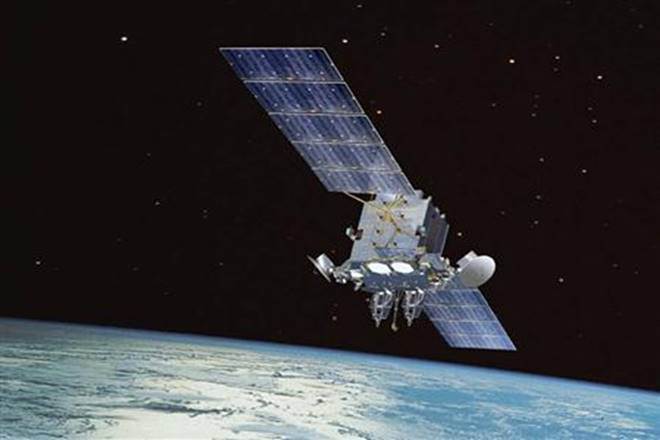RemoveDEBRIS: First satellite to demonstrate technology to clean up space junk deployed
The first satellite named RemoveDEBRIS was successfully deployed from International Space Station (ISS) and to demonstrate a range of innovative technologies to clean up space debris orbiting Earth. It was transported to ISS via SpaceX CRS-14 launch in early April 2018. The satellite was designed, built and manufactured by consortium of space companies and research institutions led by Surrey Space Centre at University of Surrey, United Kingdom. The project is co-funded by European Commission.
RemoveDEBRIS Mission
RemoveDEBRIS mission is aimed at performing key Active Debris Removal (ADR) technology demonstrations (e.g capture, deorbiting) representative of operational scenario during low-cost mission using novel key technologies for ADR. The mission plans is to test efficacy of several ADR technologies on mock targets in low Earth orbit (LEO), rather than engaging in ADR of real space debris.
The mission will comprise of main satellite platform that once in orbit will deploy two CubeSats as artificial debris targets to demonstrate four methods for release, capture and deorbit two space debris targets, called DebriSATs. These four methods are
- Net capture: It involves net that will be deployed at target CubeSat.
- Harpoon Capture: It will be launched at target plate made of representative satellite panel materials.
- Vision-based navigation: It will send data about debris back to the ground for processing using cameras and LiDAR (light detection and ranging).
- De-orbiting process: The spacecraft after entering Earth’s atmosphere during de-orbiting process will burn up, leaving no debris behind.
Background
More than 5 decades of human space exploration since first Soviet-launched Sputnik satellite in 1957 has produced hazardous belt of orbiting space debris. There are estimated to be more than 100 million pieces of space debris circling our planet in lower orbit, posing growing threat to future space exploration. These pieces of debris travel at high speeds. A relatively small piece of orbital debris can inflict a great deal of damage on satellites or spacecrafts orbiting in the space. This phenomenon is Kessler Syndrome which describes a self-sustaining cascading collision of space debris in LEO may render space eventually inoperable for important space services like navigation, weather forecasting, communications etc.
Month: Current Affairs - June, 2018



Ayush
June 26, 2018 at 8:24 pmIt is a good information.